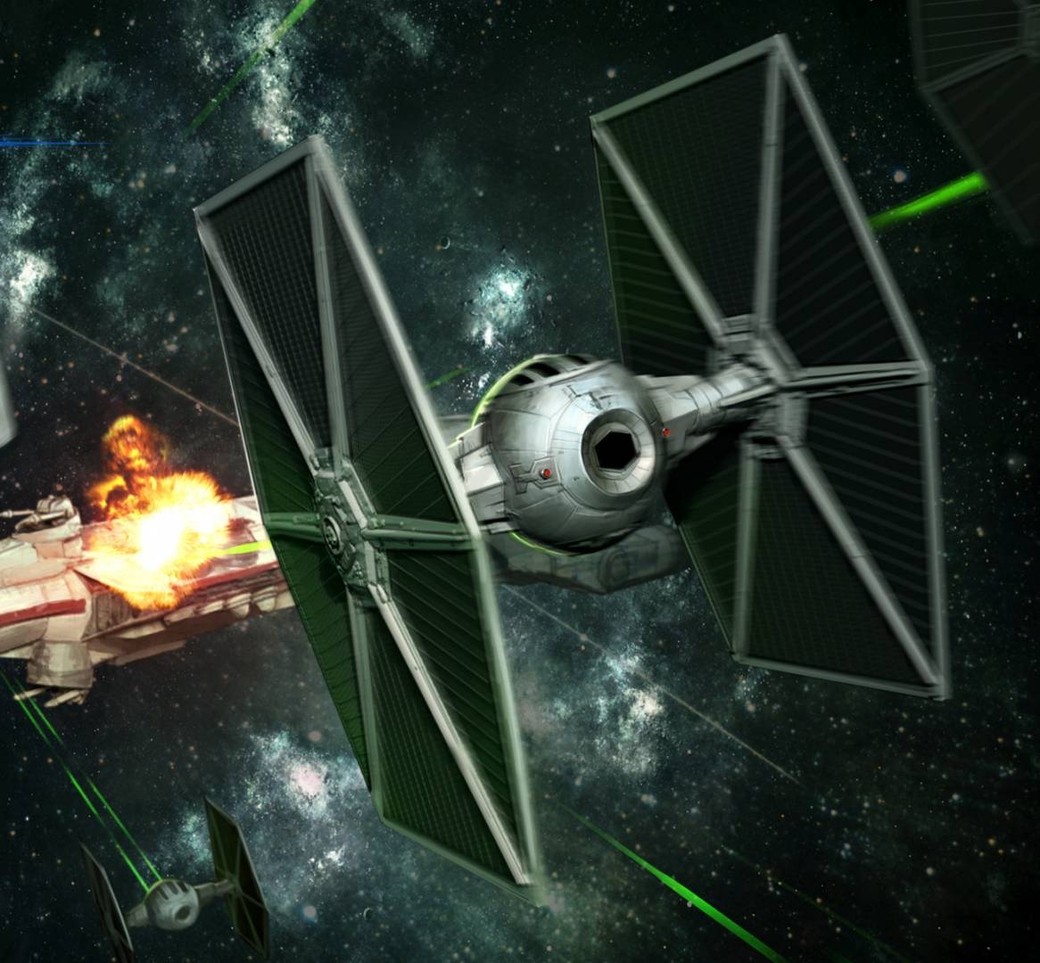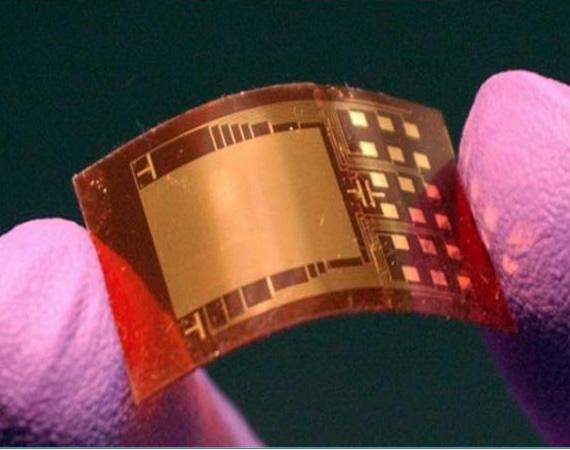
Putting the “Science” in “Science Fiction” – Space Travel 1: Ion Engine
Science fiction is filled with high-tech spacecraft that soar through space and battle each other at high speeds. The advanced engines used in science-fiction allow these spaceships to maneuver like modern aircraft in space, changing direction quickly and even performing complex combat maneuvers. The reality of space travel is currently very different as weight, fuel loads and course plans must be carefully calculated and even space voyages to nearby planets can take months.

The reason for this is that current spacecraft rely on much the same engines as those that first carried astronauts off the Earth’s surface in the 1960s. Like their predecessors, most modern spacecraft use large chemical rockets to lift off and direct their flight once they reach space. These rockets work much like the smaller versions in military or hobby rockets, by igniting a mixture of liquid or solid fuels and then channeling the resulting reaction through a nozzle to create thrust. Although these engines have proven themselves to be effective over the decades they have been in service, there are many limitations to their use for long-term space flight. Although advances in efficiency have been made over the years, the most serious problem is still fuel, as spacecraft must carry all of their fuel with them and cannot expect to be resupplied during their flight.
Although there are risks of running out of fuel and safety concerns with carrying large amounts of rocket fuel on board a spacecraft, the larger concern is the weight and volume of this fuel. Rocket fuel of any type is very heavy and takes up a great deal of space. The main problem with this is that rockets need a great deal of fuel, but as more fuel storage is added, the engines must push more mass and so the engine’s efficiency goes down. The fuel required to bring a spacecraft to its destination must therefore be very carefully calculated in order to ensure there is enough without overly taxing the vehicle’s engines.

In order to solve these problems, many scientists have turned to exploring the possibilities of new types of engines. Although many ideas have been proposed, including engines using nuclear fusion, one of the most promising of these engine technologies is the ion engine. These engines have been made popular through the world of Star Wars, where most vessels are powered by them. The TIE Fighter, one of Star Wars‘ most iconic spacecraft, even gets the first part of its name from the acronym for Twin Ion Engine. These engines work by accelerating ions and ejecting them from the rear of the engine, producing thrust in a similar manner to their chemical cousins. These engines still require fuel, but in smaller amounts as ion engines create thrust much more efficiently. The fuels under examination are also safer to store and generally lighter than current rocket fuel, with elements like xenon gas or bismuth being the main suggestions for ion engine fuel, although other alternative fuels are being explored. Since these fuels are in themselves inert, they also require less protective equipment, which will also help to cut down weight. Ion engines are not without disadvantages though, as they require a great deal of electricity to function, although this is not a great concern for spacecraft operating in our solar system since they can use solar panels to collect the necessary energy.

A more serious problem with ion engines is that they produce much lower thrust than chemical rockets. While chemical rocketscan release enough thrust to push a rocket out of Earth’s atmosphere, it took a previous model of ion engine four days to accelerate to 60 mph. However, an experimental ion engine has been running constantly for five years and this shows the engine’s reliability and ability to work constantly for a very long period. It would be impossible to carry enough fuel to allow a chemical rocket to burn for anywhere near this long, and so it seems that ion engines will likely be the future of long-distance space travel.
As technology improves and these engines become more advanced and more powerful, they will open up a new and exciting age in space exploration.
Top Photo: starwars.wikia.com











